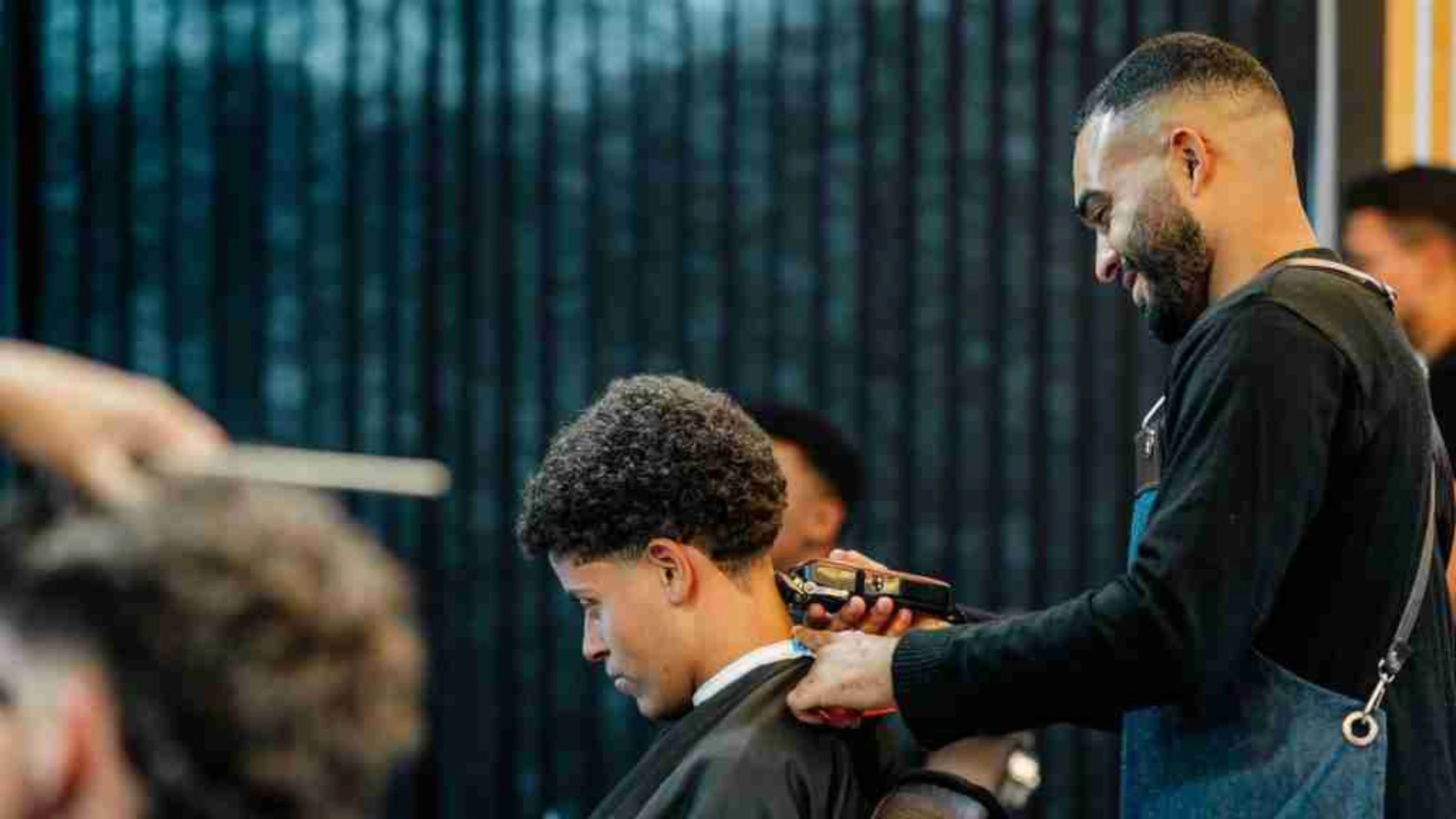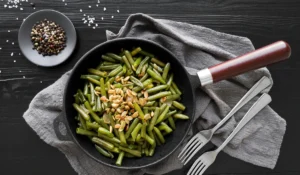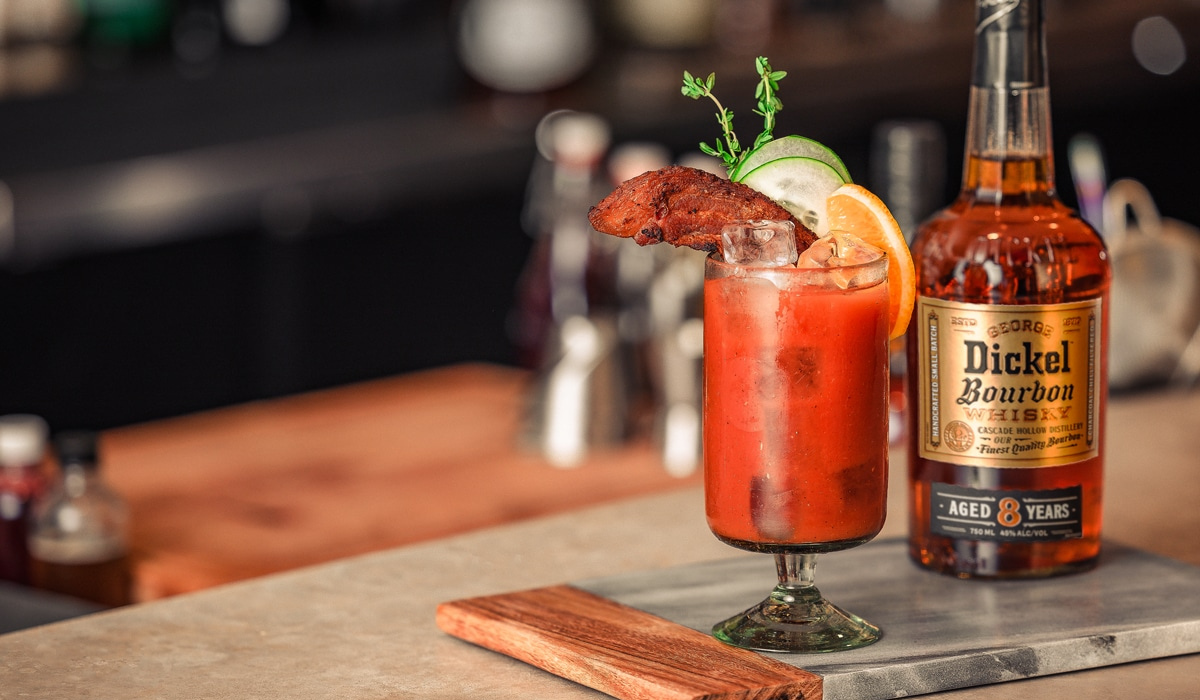Fade haircuts rank among 2023’s most popular hairstyles. Different types of fade have changed how people approach modern grooming.
This iconic style has a rich history. It began in the 1940s and 1950s as a standard military cut that represented cleanliness and discipline in the U.S. armed forces. What began as a military requirement transformed into a versatile fashion trend. The style gained significant popularity during the 1980s through hip-hop culture that flourished in New York and Los Angeles.
Each style variation – from low fade to mid fade, high fade, and ultra-modern skin fade – creates unique opportunities for personal expression. We’ll guide you through each variation and help you learn about selecting and maintaining the perfect fade that matches your style. Ready to become skilled at creating the perfect fade? Let’s get started!
Understanding Fade Basics
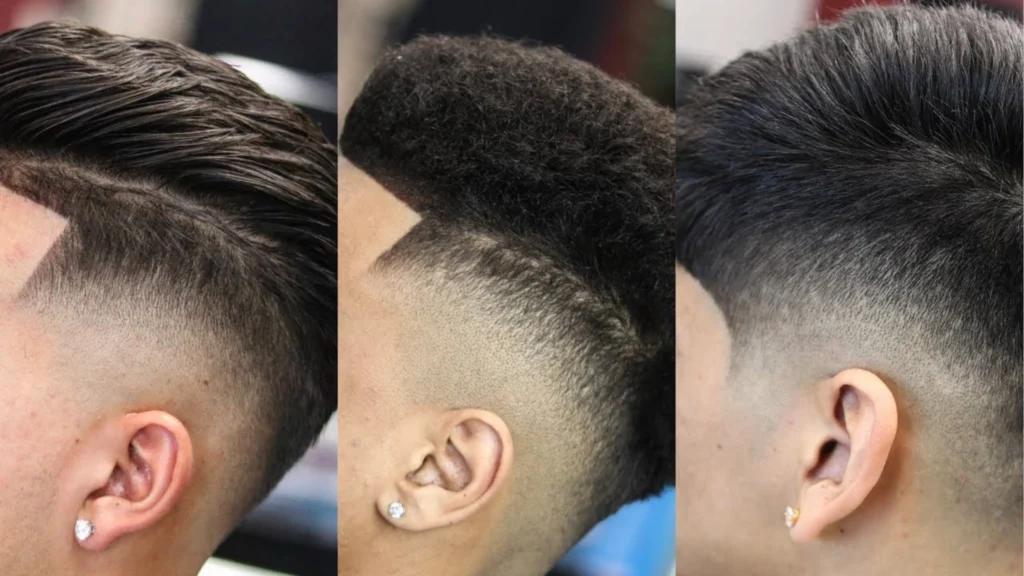
A fade is a smooth shadow graduation of hair that starts from the skin at the base and flows upward. Regular haircuts are nowhere near as precise as fades, which just need exact transitions between different lengths.
Types of Fade: What Makes a Fade Different from Regular Cuts
The main difference lies in how the length gradually reduces. Regular cuts keep the same lengths throughout, while fades need careful blending from longer to shorter hair. On top of that, fades need specific techniques. Barbers use staggered tooth clippers to work the hair from long to super-short lengths.
Fades are quite different from standard tapers. A taper slowly changes hair length, but a fade is a shorter taper that blends right into the skin. This technical difference makes fades harder to do but gives a cleaner, sharper look.
Types of Fade: Essential Tools for Creating Fades
Quality equipment is vital to achieve precise fades. Here are the basic tools you’ll need:
- Professional clipper with adjustable blades (capable of 14,000 strokes per minute)
- Various guard combs ranging from #0 (1/16 inch) to #8 (1 inch)
- Professional trimmer to detail and create clean lines
- Texturizing shear with fine teeth for precise blending
- Barber comb or clipper-over-comb tool
Tool quality substantially affects the final result. To cite an instance, see how self-sharpening blades with regular cleaning and oiling ensure consistent cutting performance. The clipper should also have an adjustable lever to create smooth transitions between different lengths during the fade.
Types of Fades Explained
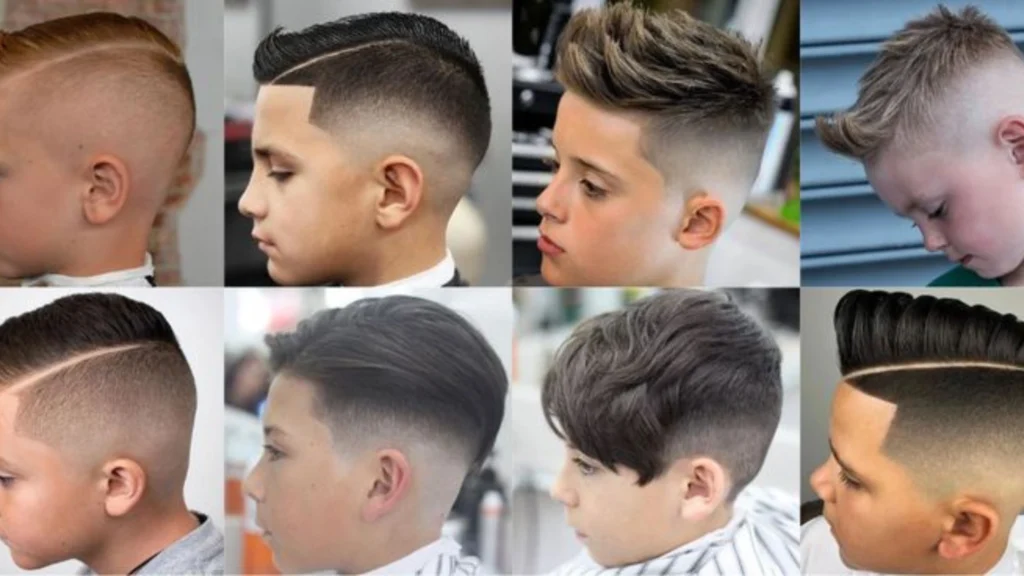
You need to become skilled at fade haircuts by understanding how each type is different. Each variation creates a specific look that matches different style priorities.
Low Fade: The Classic Choice
The low fade begins just above the ear and nape of the neck. It creates a subtle transition that keeps more hair on the sides. This classic style gradually tapers your hair while the upper portion stays longer. The style works great in professional settings. Your low fade pairs well with side parts and quiffs, which gives you plenty of styling options.
Mid Fade: Finding the Balance
The mid fade starts from the middle of the head, right between the low and high fade positions. This balanced style combines the classic feel of the low fade with the contrast of the high fade. The mid-fade looks great with different hair textures and lengths, so it’s a popular choice when you want something moderate yet stylish.
High Fade: Making a Statement
Starting near the temples or corner of the forehead, the high fade creates a bold transition toward the crown. This style removes most hair on the back and sides. You can keep a short buzz cut or transition to skin. The high fade grows out naturally, which makes it practical if you can’t visit the barbershop often.
Skin Fade: The Ultimate Contrast
The skin fade, also called the zero fade or bald fade, blends longer hair into bald segments at the base smoothly. This style needs precise technique since the hair gradually tapers down to smooth skin. The skin fade works with various hair types. Straight hair is easiest to work with, while curly and coarse hair just needs extra attention to look their best.
Types of Fade: Choosing Your Perfect Fade
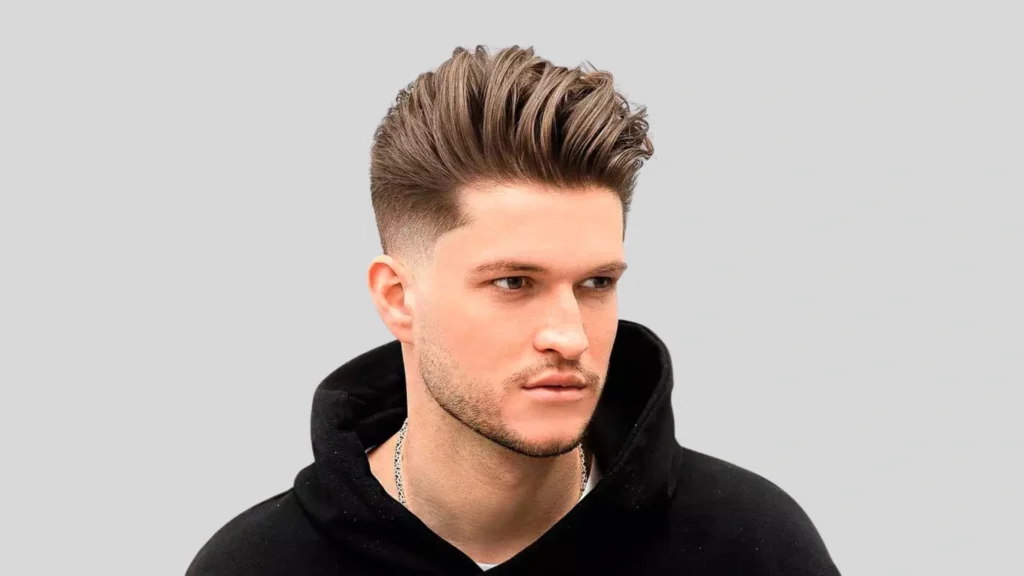
Picking the right fade starts with a good look at your facial features and hair type. These elements work together to create a style that matches your natural look perfectly.
Face Shape Considerations
Your face shape tells you which fade height will look best on you. People with oval faces can pull off any fade height, from low to high. Round faces look great with low fades that make the face appear slimmer and longer.
Square faces are a perfect match for high fades that show off strong jawlines and sharp angles. All the same, a bald fade works best for heart-shaped faces and moves attention from the forehead to your styled hair on top.
Hair Texture Impact
Your hair’s texture is key to finding the fade that works for you. Low or mid fades are a great choice if you have curly hair – they let your natural curls stand out while keeping things neat. Straight hair gives you more options, and you can rock just about any fade style.
High fades are your best bet with thick hair because they help control volume and make daily styling easier. If you have thinning hair, mid and high fades are especially good at balancing out the crown area. A low fade or taper fade adds structure and makes fine or thin hair look fuller.
Note that talking to a skilled barber before you choose your fade style will give a better result. They can look at your features and suggest tweaks to standard styles that match your unique look.
Step-by-Step Fade Creation
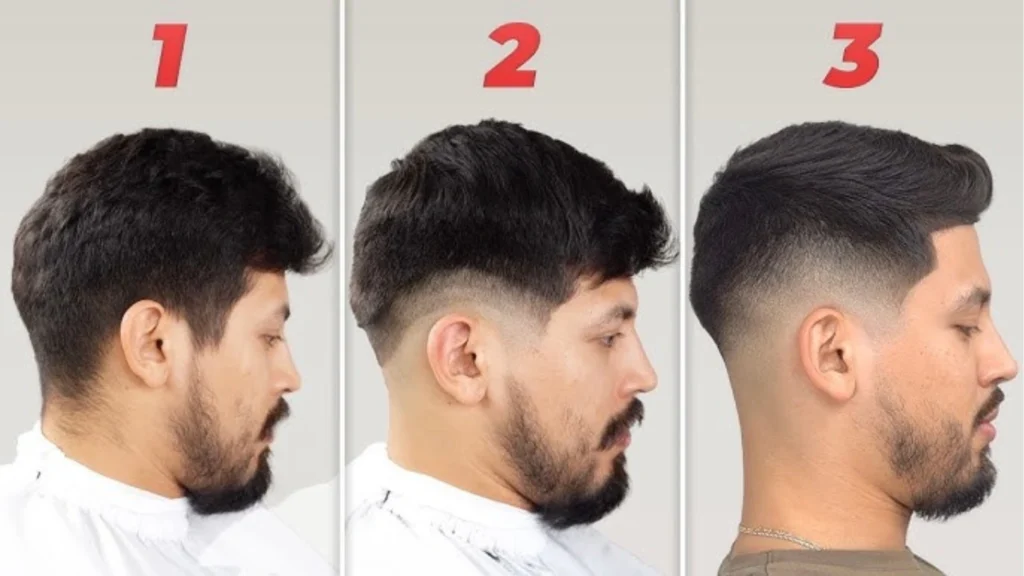
Creating a perfect fade demands close attention to detail and the right technique. Let’s look at everything in getting professional results.
Types of Fade: Setting Up Your Guidelines
Start with clean, dry hair to get better control and precision. You should section the top portion of hair with clips to separate it from the sides and back. The baseline serves as your starting point for the fade – create a clean, straight line around the head.
Blending Techniques
A flawless fade depends on precise transitions. Here are the steps you need to create smooth blends:
- Begin with the longest guard size at your chosen starting point
- Gradually decrease guard sizes as you move downward
- Use the clipper-over-comb technique for smooth transitions
- Apply the “flicking” motion with your wrist to blend naturally
- Work in small sections and keep consistent pressure
Your thumb should rest on top of the clipper with two fingers on the back for better control. We focused on using a C-shaped motion while fading because it creates the most natural-looking transition.
Types of Fade: Final Touches
Perfect your fade by doing detailed work around the edges. Clean up the hairline and areas around the ears with trimmers. A straight razor helps define the neckline and creates sharp edges where needed.
Keep the skin tight while working on final details. Check your work under good lighting to spot any inconsistencies or areas that need more blending. Note that you should dust off loose hair and style based on preference.
Conclusion
Becoming skilled at fade haircuts needs precision, practice, and a proper understanding of different techniques. A close look at face shapes and hair textures helps anyone find their perfect fade style that improves their natural features.
Professional barbers understand that flawless fades need more than just technical skills. The right tools paired with proper techniques and attention to detail create the difference between an average haircut and an exceptional fade that turns heads.
Note that each type of fade gives you unique ways to express yourself. You might choose a subtle low fade for professional settings or a bold skin fade to make a statement. Success comes from matching the style with your characteristics and maintenance priorities.
This detailed guide helps you understand everything about fade haircuts. Your skill will grow with each precise cut and smooth blend as you begin this new experience with these timeless styles.

